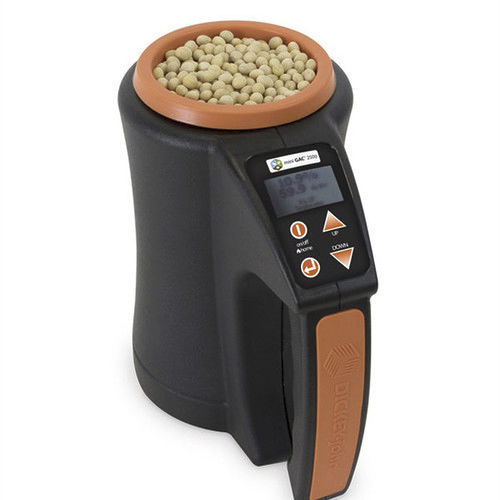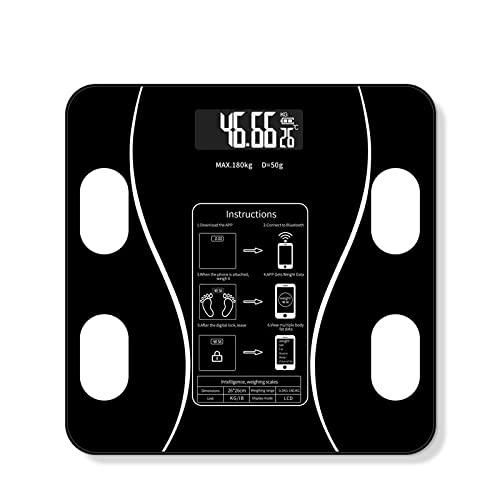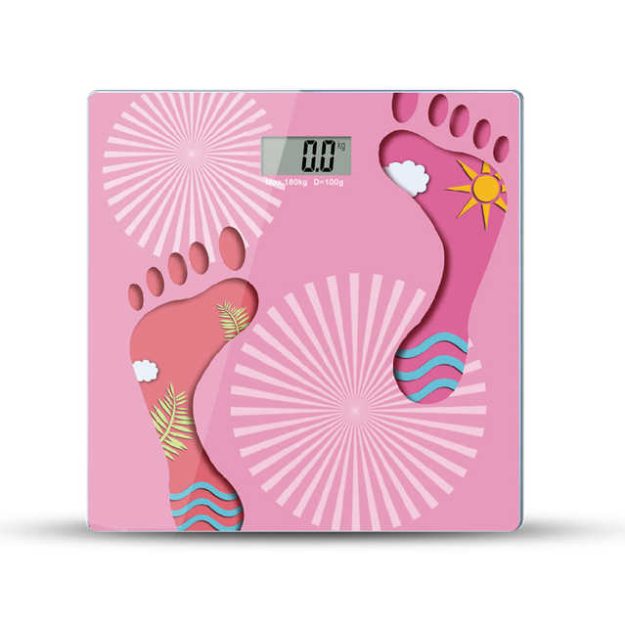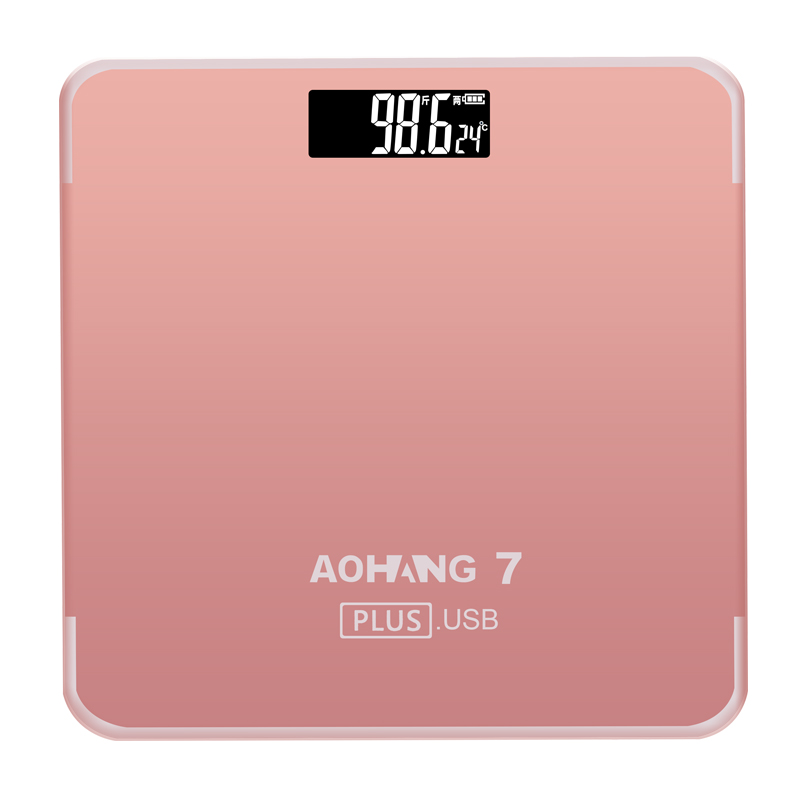Measuring the moisture content in coffee is a critical step in ensuring its quality, longevity, and market readiness. Coffee’s moisture level directly affects its flavor, roasting performance, and shelf life. For farmers, traders, and exporters in Uganda, where coffee is a key commodity, accurate moisture measurement is essential to meet local and international standards.

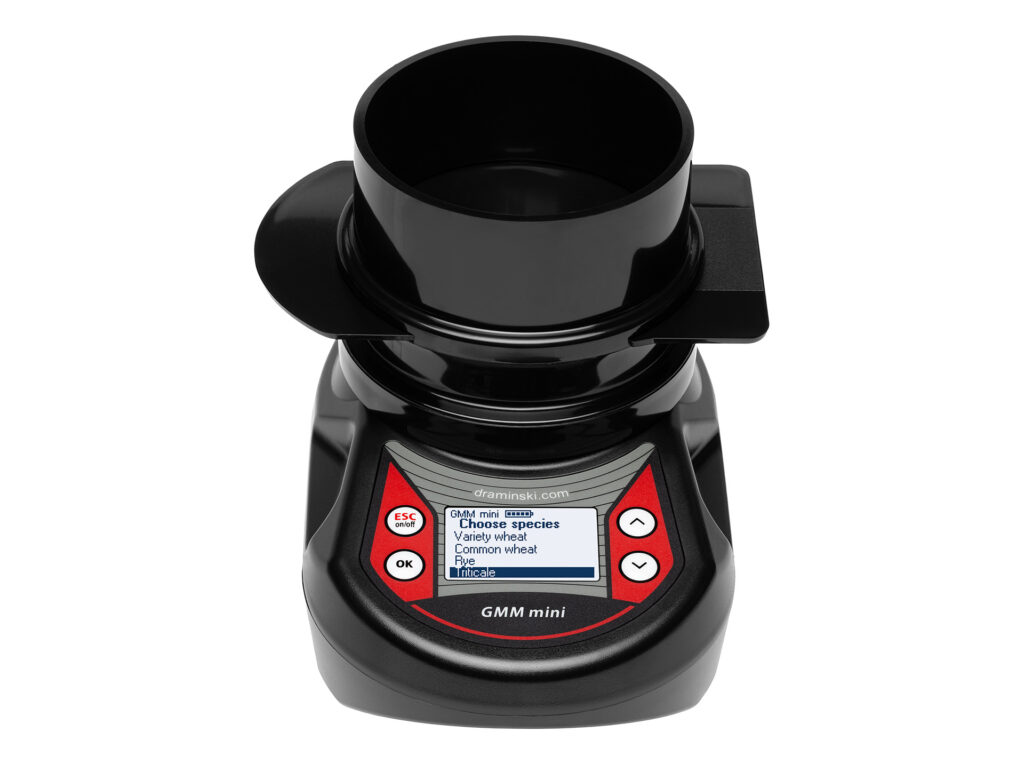
This guide explores the methods, tools, and best practices for measuring moisture in coffee.
Importance of Measuring Coffee Moisture
1. Preserves Quality
Correct moisture levels help maintain coffee’s aroma and flavor.
2. Prevents Spoilage
Moisture content above 12.5% can lead to mold growth and aflatoxin contamination.
3. Compliance with Standards
Exporters must meet the international moisture standard of 11% to 12.5% for green coffee beans.
4. Optimizes Roasting
Properly dried beans roast uniformly, ensuring consistent flavor profiles.
Tools for Measuring Coffee Moisture
1. Moisture Meter
- A digital moisture meter is the most accurate tool for measuring moisture in coffee beans.
- Available in Uganda from Eagle Weighing Systems, these meters are calibrated for coffee and other grains.
2. Oven-Drying Method (Laboratory Method)
- A precise but time-consuming method where coffee samples are dried in an oven, and moisture content is calculated by weight loss.
3. Handheld Hygrometer
- Measures ambient humidity, which indirectly affects coffee moisture.
- Less accurate than dedicated coffee moisture meters.
Steps to Measure Moisture in Coffee Using a Moisture Meter
- Prepare the Sample
- Take a representative sample of coffee beans from the batch.
- Ensure the beans are free of debris and at room temperature.
- Calibrate the Moisture Meter
- Follow the manufacturer’s instructions to calibrate the meter.
- Most meters from Eagle Weighing Systems come pre-calibrated for coffee.
- Place the Sample in the Meter
- Insert the sample into the meter’s testing chamber or scoop.
- Ensure the sample size matches the meter’s requirements.
- Read the Moisture Content
- Turn on the device and record the displayed moisture percentage.
- Repeat for Accuracy
- Test multiple samples from different parts of the batch to ensure consistency.
Using the Oven-Drying Method
While less practical for daily use, the oven-drying method is highly accurate.
Steps:
- Weigh the Coffee Sample
- Record the initial weight of the beans.
- Dry the Sample
- Place the beans in a preheated oven at 105°C for 24 hours.
- Reweigh the Sample
- After drying, weigh the beans again.
- Calculate the Moisture Content
- Use the formula:
Moisture Content (%) = [(Initial Weight – Final Weight) ÷ Initial Weight] × 100
- Use the formula:
This method is ideal for calibration purposes or verifying the accuracy of a moisture meter.
Common Mistakes in Measuring Coffee Moisture
- Using Improper Sampling
- Inconsistent samples can lead to inaccurate readings. Always use a representative sample.
- Ignoring Calibration
- Regularly calibrate your meter to maintain accuracy, especially when measuring different types of coffee.
- Measuring in High Humidity Environments
- Conduct measurements in a dry, controlled environment to avoid skewed results.
- Relying on Manual Judgments
- Visual or tactile assessments are unreliable compared to digital moisture meters.
Best Practices for Moisture Measurement
- Measure at Key Stages
- During drying, processing, and storage.
- Invest in Reliable Tools
- Eagle Weighing Systems offers high-quality coffee moisture meters that are durable and easy to use.
- Store Coffee Properly
- Use moisture-proof packaging to prevent reabsorption of humidity.
- Train Your Team
- Ensure everyone handling coffee understands the importance of moisture measurement and knows how to use the tools correctly.
Why Choose Eagle Weighing Systems for Coffee Moisture Meters?
Benefits:
- Precision: High-accuracy meters designed specifically for coffee.
- Affordability: Prices start at UGX 1,000,000.
- Durability: Built for Uganda’s agricultural conditions.
- Support: Expert guidance on calibration and usage.
Visit our official website to explore our moisture meters or connect with us on Facebook, Twitter, and YouTube for more information.
Why Measuring Moisture in Coffee is Critical for Uganda’s Coffee Industry
Uganda is Africa’s second-largest coffee exporter, and maintaining the ideal moisture level is essential for market competitiveness. By using advanced tools like coffee moisture meters, farmers and processors can:
- Prevent losses from spoiled beans.
- Enhance coffee quality and market value.
- Comply with export regulations, boosting Uganda’s reputation as a top coffee producer.
Conclusion
Measuring moisture in coffee is a non-negotiable step for ensuring quality, preserving flavor, and meeting market standards. With tools like moisture meters from Eagle Weighing Systems, Ugandan coffee growers and processors can confidently monitor and control moisture levels at every stage of production.
Invest in the right tools today and elevate the quality of your coffee for local and global markets!

